The Ultimate Guide to the Greek Sandwich Gyro: A Flavor-Packed Journey Through Global Spice Traditions
When it comes to street food that marries spices, succulence, and simplicity in one handheld delight, few dishes rival the Greek sandwich gyro. Originating from Greece but now beloved around the globe, this iconic dish is a testament to how global spice traditions can come together to create something unforgettable. Whether you're a professional chef or a home cook with a passion for flavor, this guide will walk you through everything you need to know about crafting the perfect gyro at home — including pro tips, historical insights, and a handy checklist for your next gyro-making session.
Table of Contents
- What Exactly Is a Gyro?
- The Spice Power Behind the Perfect Gyro
- Gyro-Making Checklist: From Prep to Plate
- Pro Tips for the Best Homemade Gyros
- Global Twists on the Traditional Gyro
- Gyro vs. Shawarma: What’s the Difference?
- Final Thoughts
What Exactly Is a Gyro?
The word "gyro" (pronounced “YEE-ro” or “JEER-o”) comes from the Greek word for “turn,” referring to the vertical rotisserie used to cook the meat. Typically made from a blend of meats — often lamb and beef — seasoned with aromatic herbs and spices, then slow-cooked on a spit, the gyro is thinly sliced and tucked into warm pita bread along with tomatoes, onions, fries, and a generous slather of tzatziki sauce.
Fun Fact: The modern gyro evolved in post-World War II Greece as a faster, more accessible alternative to traditional roasted meats. Today, it’s found everywhere from Athens street corners to food trucks in New York City.
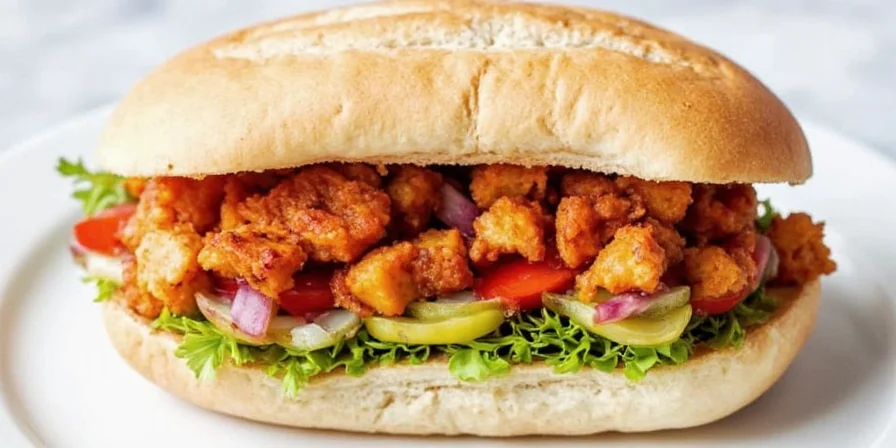
The Spice Power Behind the Perfect Gyro
The secret to an authentic gyro isn’t just the meat — it’s the blend of spices that gives it that unmistakable flavor. Let’s break down the key players in the gyro seasoning lineup:
| Spice | Flavor Profile | Role in the Gyro |
|---|---|---|
| Cumin | Earthy, nutty, slightly smoky | Builds a rich base flavor |
| Paprika | Sweet, mild heat | Adds color and warmth |
| Oregano | Grassy, peppery, bold | Typically Greek staple herb |
| Dill | Fresh, citrusy, slight anise note | Lends herbal brightness |
| Garlic Powder | Umami-packed, savory kick | Deepens overall flavor profile |
| Black Pepper | Peppery, sharp bite | Enhances other spices |
Pro Tip: For best results, toast whole spices like cumin seeds before grinding them. This unlocks their essential oils and intensifies the aroma and flavor.

Gyro-Making Checklist: From Prep to Plate
Ready to roll up your sleeves and make some delicious homemade gyros? Here's your step-by-step checklist to ensure you don't miss a beat:
- ☐ Meat selection: Combine ground lamb and beef for optimal texture and flavor (or go all-lamb for a leaner option).
- ☐ Spice mix: Use a combination of oregano, cumin, paprika, garlic powder, salt, black pepper, and optional dill or thyme.
- ☐ Mixing & resting: Combine the meat and spices thoroughly, then refrigerate for at least 30 minutes to let flavors meld.
- ☐ Shaping: Spread the mixture onto a metal skewer or shape into thick burger-like patties if using a pan or oven.
- ☐ Cooking: Cook until well-browned and cooked through (internal temp ~165°F / 74°C).
- ☐ Tzatziki time: Make a fresh batch of tzatziki using Greek yogurt, cucumber, garlic, olive oil, lemon juice, and dill.
- ☐ Pita prep: Warm the pitas in a toaster or oven for soft flexibility.
- ☐ Assembly: Layer sliced gyro meat, veggies, and tzatziki inside the pita. Optional: add fries for that classic touch!
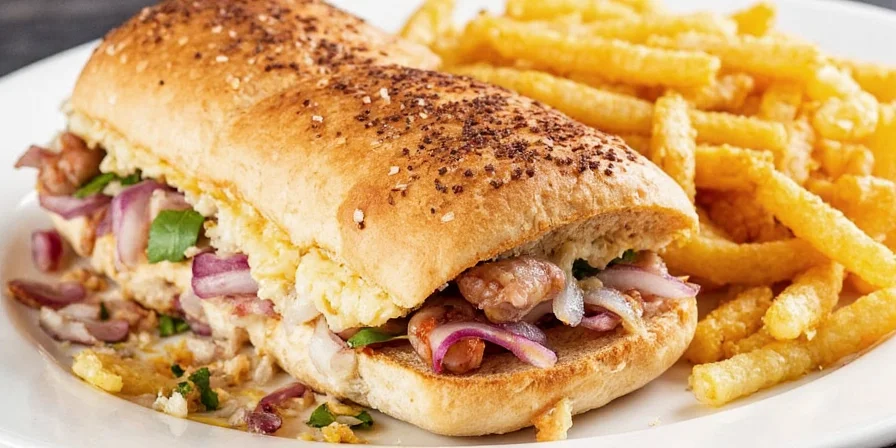
Pro Tips for the Best Homemade Gyros
You’ve got the checklist — now let’s level up your game with these insider secrets:
- Don’t skip the resting time: Allowing the seasoned meat to rest enhances moisture retention and flavor development.
- Use a broiler for that char: Mimic the rotisserie effect by broiling the meat near the end of cooking for a crispy outer layer.
- Elevate the tzatziki: Grate the cucumber and squeeze out excess water to avoid soggy sauces. Add a pinch of sugar to balance acidity.
- Toast your pita: A slightly toasted pita holds up better when loaded with juicy meat and sauce.
- Add pickled flair: Pickled red onions or jalapeños offer a tangy contrast that keeps each bite exciting.
- Play with toppings: Arugula, avocado slices, feta crumbles, or even kimchi can add unexpected but tasty twists.
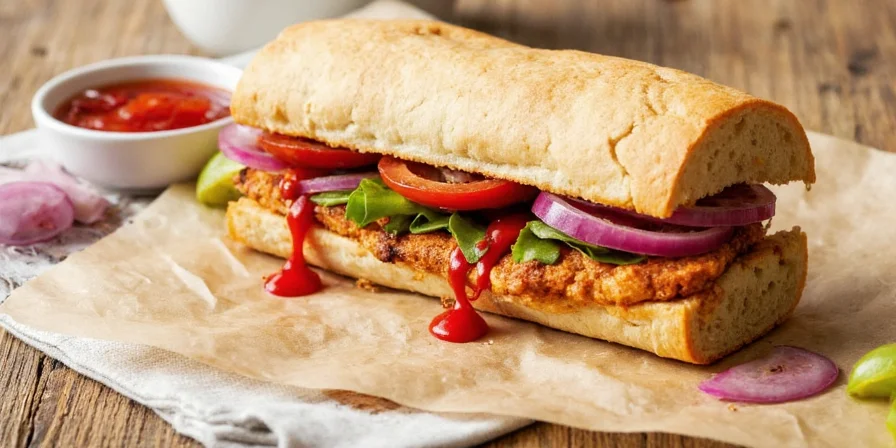
Global Twists on the Traditional Gyro
While the Greek gyro is rooted in Mediterranean tradition, its flavor profile has inspired countless adaptations worldwide. Here are a few international spins worth trying:
- Mexican Gyro: Tacos filled with gyro-style meat, topped with cilantro, lime crema, and chipotle tzatziki.
- Korean Gyro: Marinated with gochujang and sesame oil, served with kimchi and bulgogi-style toppings.
- Indian Fusion Gyro: Spiced with garam masala and turmeric, stuffed with mango chutney and raita instead of tzatziki.
- American BBQ Gyro: Slathered with smoky barbecue sauce and topped with coleslaw and pickles for a Southern twist.
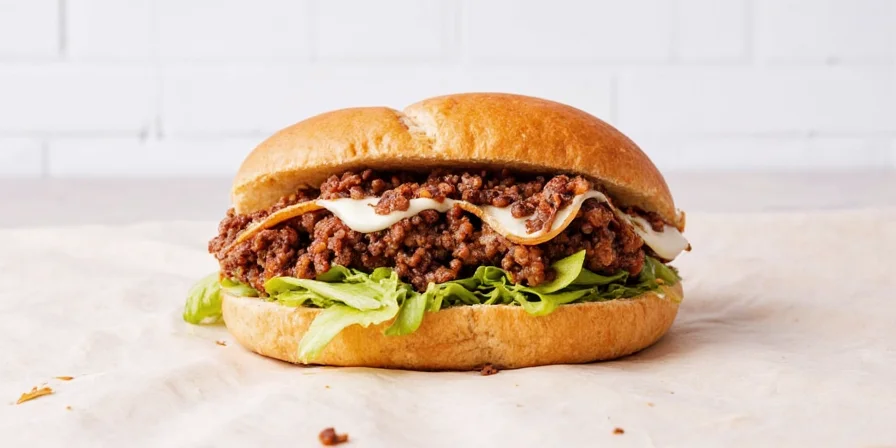
Gyro vs. Shawarma: What’s the Difference?
If you've ever looked at a shawarma and thought, “Isn’t this basically a Middle Eastern gyro?” — you’re not wrong. But there are some key differences:
| Feature | Gyro | Shawarma |
|---|---|---|
| Origin | Greece | Middle East (Lebanon, Syria, Turkey) |
| Main Meat | Lamb-beef blend | Chicken, lamb, or beef |
| Spice Mix | Oregano, cumin, garlic | Cumin, coriander, cinnamon, cardamom |
| Sauce | Tzatziki | Tahini, garlic sauce, or amba (mango pickle sauce) |
| Bread Type | Soft pita | Thin flatbread or pita |
| Unique Add-on | Fried potatoes | Pickles, French fries, or hummus |
Both dishes celebrate the beauty of spiced meats roasted on a vertical spit, but they bring different regional flavors to the table.
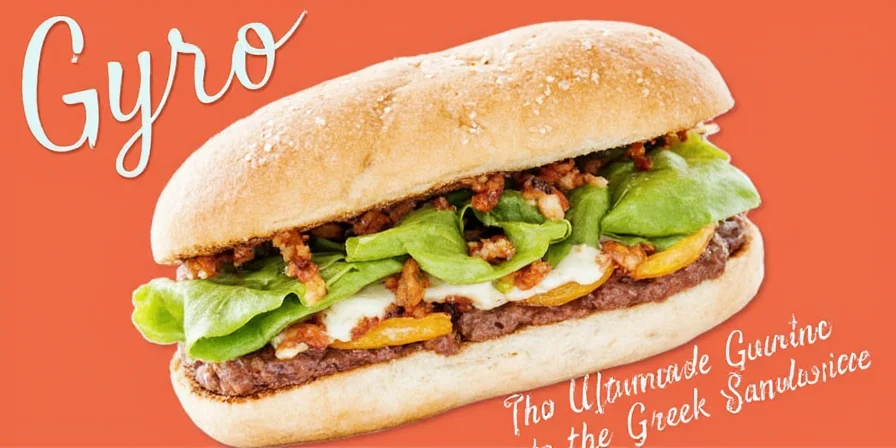
Final Thoughts: Why the Gyro Still Rules the Streets
The Greek sandwich gyro isn’t just a meal — it’s a cultural experience wrapped in warm bread and dripping with flavor. It represents centuries of spice trading, culinary evolution, and the joy of eating with your hands. Whether you're making it from scratch or picking one up from your favorite street vendor, every bite tells a story of global spice traditions coming together in harmony.
So next time you take a bite of that perfectly seasoned gyro meat, remember — you’re tasting history, culture, and a whole lot of deliciousness.

Key Takeaways:
- The gyro is a Greek street food masterpiece powered by global spices.
- Perfecting the spice blend is key to authenticity.
- Homemade doesn’t mean complicated — use our checklist to succeed!
- Explore global variations for fun and flavor diversity.
- Whether you prefer gyro or shawarma, both deserve a spot in your food rotation.

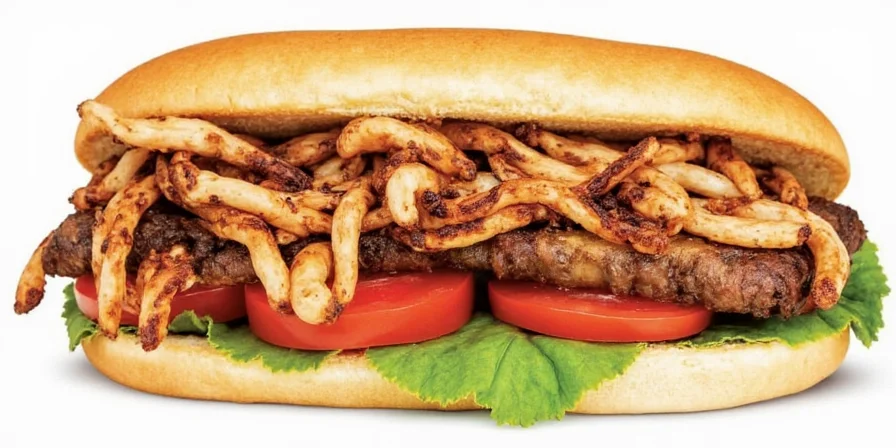









 浙公网安备
33010002000092号
浙公网安备
33010002000092号 浙B2-20120091-4
浙B2-20120091-4